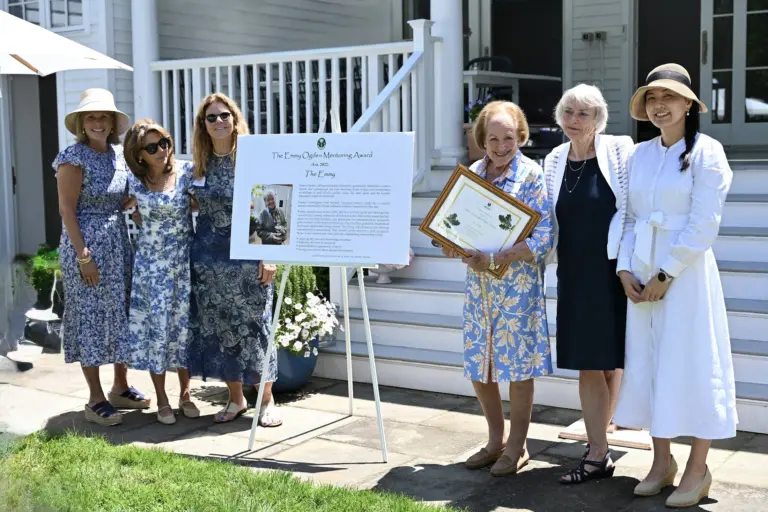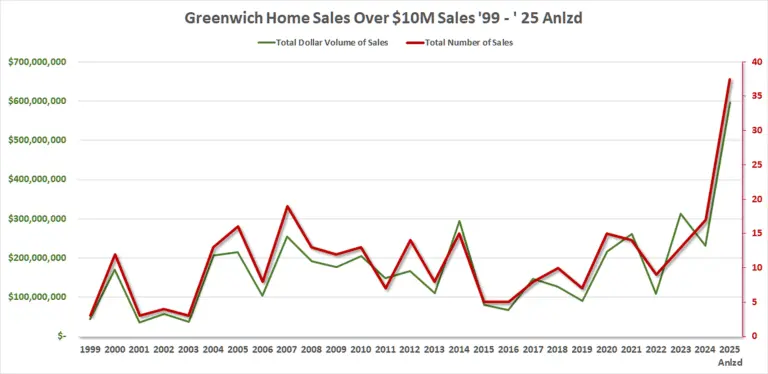By Adam C. Rohdie
 Earlier this month, I had the great fortune of watching our boys tennis team secure the FAA League Championship, completing an undefeated season. After which, I walked down to Offit Field where our boys lacrosse team also completed an undefeated season to win the FAA Tournament Championship. Notwithstanding this terrific athletic success, what really struck me was the level of enthusiasm and commitment each team member put into the season, as well as the agility with which they transferred what they had learned in practice into game play. This is not surprising in athletics, but it is highly instructive in highlighting what can also happen in the classroom. Let me explain.
Earlier this month, I had the great fortune of watching our boys tennis team secure the FAA League Championship, completing an undefeated season. After which, I walked down to Offit Field where our boys lacrosse team also completed an undefeated season to win the FAA Tournament Championship. Notwithstanding this terrific athletic success, what really struck me was the level of enthusiasm and commitment each team member put into the season, as well as the agility with which they transferred what they had learned in practice into game play. This is not surprising in athletics, but it is highly instructive in highlighting what can also happen in the classroom. Let me explain.
What motivates teams to work together, what inspires athletes to practice as hard as they do is that, ultimately, there is a real-world application of what they have learned. A player works on his cross-court backhand, not for the sake of knowing how to hit that shot, but rather to use it in a match to help win a point for the team. Traditional education has students practice for the sake of memorization. Think back to your algebra class. You completed the odd numbered problems on page 67; you then went over them in class or repeated them on a quiz—zero application to a real-world setting. Imagine instead, your algebra teacher wants you to learn about linear regressions. To teach the concept you were entered into the Barbie Bungee competition where you had to determine the number of rubber bands you would need to use to drop a Barbie off the roof of the school building so it came closest to the ground without hitting it. That’s when you see true engagement, concept understanding, and a level of knowledge retention that sticks beyond a quiz—not to mention adding an element of pure joy to learning.
At GCDS, we believe that the application of learning is an essential component of ensuring a comprehensive and rigorous learning environment. Application transforms theory into practical opportunities to use knowledge and skills, intensifies understanding, and better prepares students for addressing real-world challenges. Envision fifth graders applying their newly acquired public speaking and systems-thinking skills to deliver a successful pitch to administrators for funding to support a maintenance plan for the chicken population at GCDS’s French Farm, while simultaneously solving for a shortage of eggs due to an avian flu. There you have the deepest learning as well as pride in solving a real-world problem for their community.
When our 8th graders learn the basic laws of physics and then are tasked to build a bridge that can hold the most weight, they are energized to put their learning to use. In our high school, when our global economics class learns the intricacies of supply and demand, but rather than regurgitate the learning on a test, they are tasked to provide consulting services to the CEO of a real company, you get a buy-in and level of rigor that one rarely sees in the traditional classroom.
We all love that feeling of purpose and accomplishment walking off the field after a win. There is no reason a student can’t share that same feeling walking out of an Algebra or English class. In this season of celebrating our high school graduates, my wish for all students in our community is to experience authentic application of learning in and outside of the classroom!
Adam C. Rohdie is Head of School, history teacher, and coach at Greenwich Country Day School.




